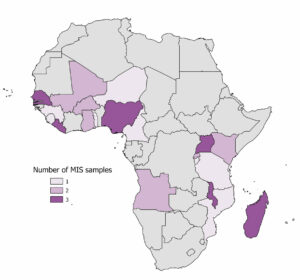By Julia A. Rivera Drew
Earlier this year, IPUMS MEPS launched a new feature – the MEPS Variable Builder – to make it dramatically easier to create customized person-level variables that summarize information from the medical event and condition records and add them to your IPUMS extract. If you have ever thought about using the MEPS event and condition data but didn’t know where to begin because of the complexity of the data, the MEPS Variable Builder is for you!
The Medical Expenditure Panel Survey Household Component (MEPS-HC, referred to MEPS here) provides comprehensive information on characteristics of people residing in responding households, as well as information about their medical encounters during the calendar year – e.g., office-based provider visits, emergency room (ER) visits, and hospitalizations – and medical conditions associated with those medical encounters. This unique combination of information makes the MEPS data ideal for research questions that need detailed health care utilization and/or expenditure data alongside individual-level correlates of health. However, these rich data can be difficult to work with, creating barriers for researchers who wish to use the MEPS data.
IPUMS MEPS created the MEPS Variable Builder to enable users to easily build person-level variables summarizing information from the MEPS-HC event and medical condition records, also known as “event summary variables.” Using a point-and-click interface, researchers can create custom event summary variables that count the number of events or sum expenditures across event records, filtered on selected characteristics of events and/or medical conditions. Users can then include these custom event summary variables in their IPUMS extract. At this time, the variable builder does not include prescribed medicines data.
In this blog post, we run through an example where we create a variable that is the sum of all expenditures paid for by Workers’ Compensation for medical visits due to a workplace injury.




